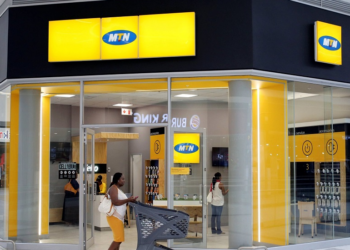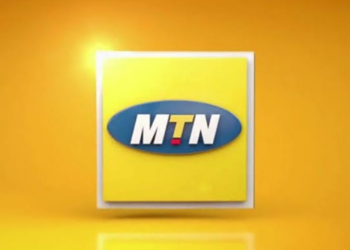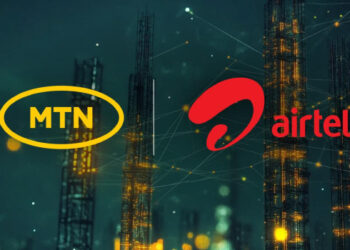Pan-African telecommunications group, MTN, said it is in talks with several satellite services providers including Elon Musk’s Starlink, in its bid to expand its services to unnerved areas across its operating market.
Specifically, the company said there is an ongoing engagement with SpaceX’s Starlink, with enterprise-grade trials underway in Rwanda and Nigeria.
In addition, MTN said multiple initiatives are underway, including upcoming direct-to-cell trials with Lynk Global in South Africa and Ghana.
The company is also having discussions with providers like AST SpaceMobile for trials in Nigeria and South Sudan. “In parallel, we are advancing discussions with Eutelsat OneWeb for a planned pilot in South Africa,” it added.
Ambition 2025
Announcing the strategic partnerships via a statement, MTN Group chief technology and information officer Mazen Mroué, said:
- “At MTN, we are inspired by our belief that everyone deserves the benefits of a modern connected life. We are driven to deliver on our Ambition 2025 strategic intent of ‘Leading digital solutions for Africa’s progress’.
- “Time is of the essence, so we recognise that we cannot do it alone. Partnerships are essential. In recent years we have helped narrow coverage gaps in rural areas by collaborating with several rollout partners and by deploying new technology using OpenRAN.
- “To complement our terrestrial network – where the terrain can be difficult for radio sites and backhaul transport and sparse population distribution often makes regular cellular rollout uneconomical – we are now exploring the skies. Specifically, we are partnering for low earth orbit (LEO) satellite connectivity to connect the unconnected, extend mobile connectivity to more rural and remote areas and improve resilience.
The CTO added that these partnerships would help the company achieve its goal of 95% broadband population coverage across its footprint by 2025, from 88% in 2022.
In the longer term, MTN said it would be able to achieve universal access.
The satellite advantage
Highlighting the inherent advantages of satellites to MTN’s service delivery, Mroué said:
- “LEO satellites typically orbit the Earth at altitudes of between 160 and 2,000 km, making for shorter orbital periods (of between 90 minutes and a few hours) which is good for applications that need rapid data communication or frequent re-visits of specific areas.
- “The lower altitude contributes to lower signal travel times, resulting in lower latency. This is crucial for real-time communication, video conferencing and online gaming. And the sharp fall in the cost of launching 1kg of payload into space (from US$85 000 in the 1980s to around US$1 000 now) has added to the attractiveness of using LEO satellites.”
Starlink in Nigeria
Starlink officially announced its presence in Nigeria in January this year and has continued to gain ground as many latched onto its satellite Internet Service.
However, despite its full coverage of the country, the cost of its hardware and subscription is out of reach for many Nigerians living in rural and unserved areas. A partnership with MTN is expected to address this and provide cheaper access to the internet for many Nigerians in rural areas.






















This is a welcome development from MTN Nigeria. And we are looking forward to accessing Starlink from every crack and crevice in Nigeria.
Mtn is just after exploitation of Nigerians. Before you blink your eye, this whole magnanimous Starlink thing in Nigeria will become extraordinarily exorbitant. This is the trademark of all South African products in Nigeria – GOTV, DSTV, MTN
I will like to know more about this especially as it concerns Nigeria 🇳🇬.